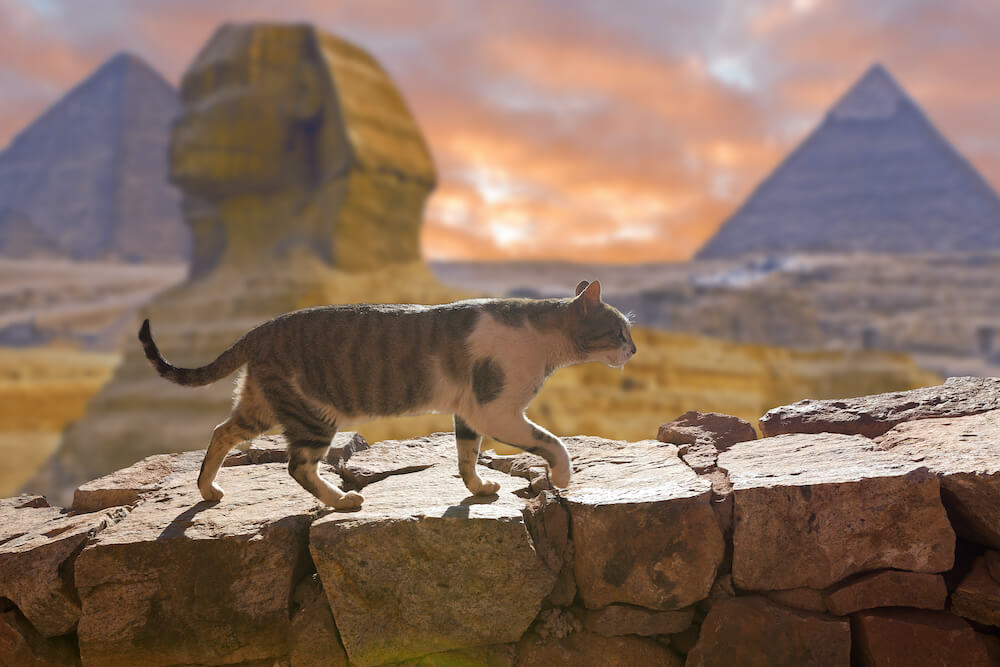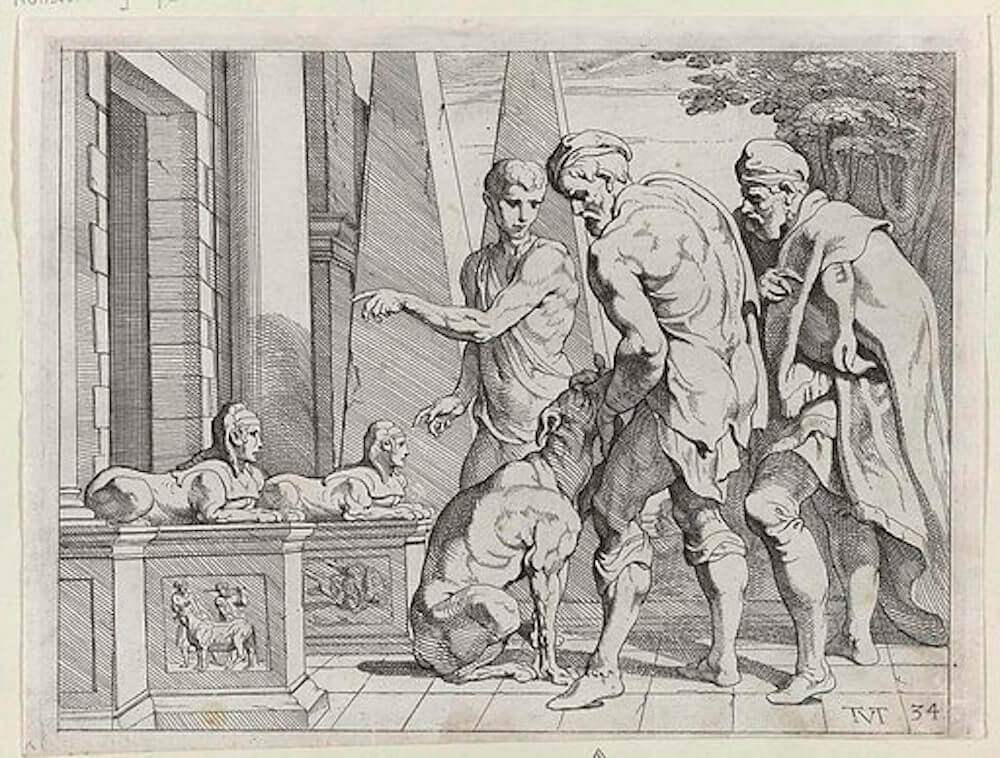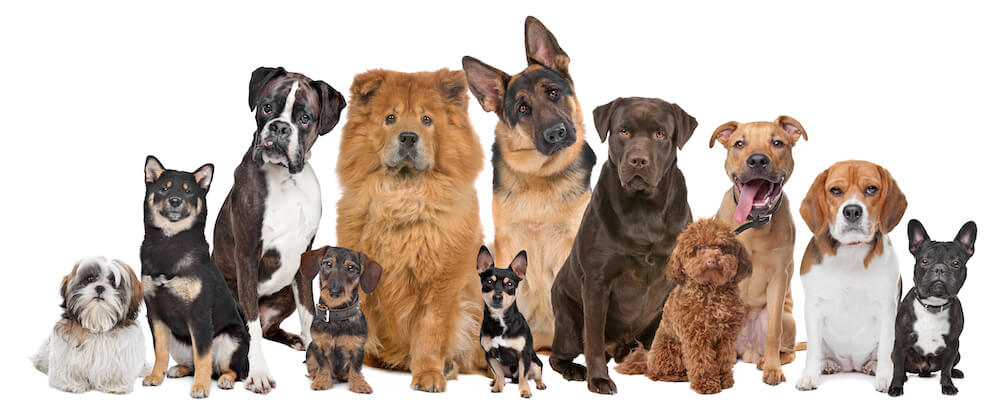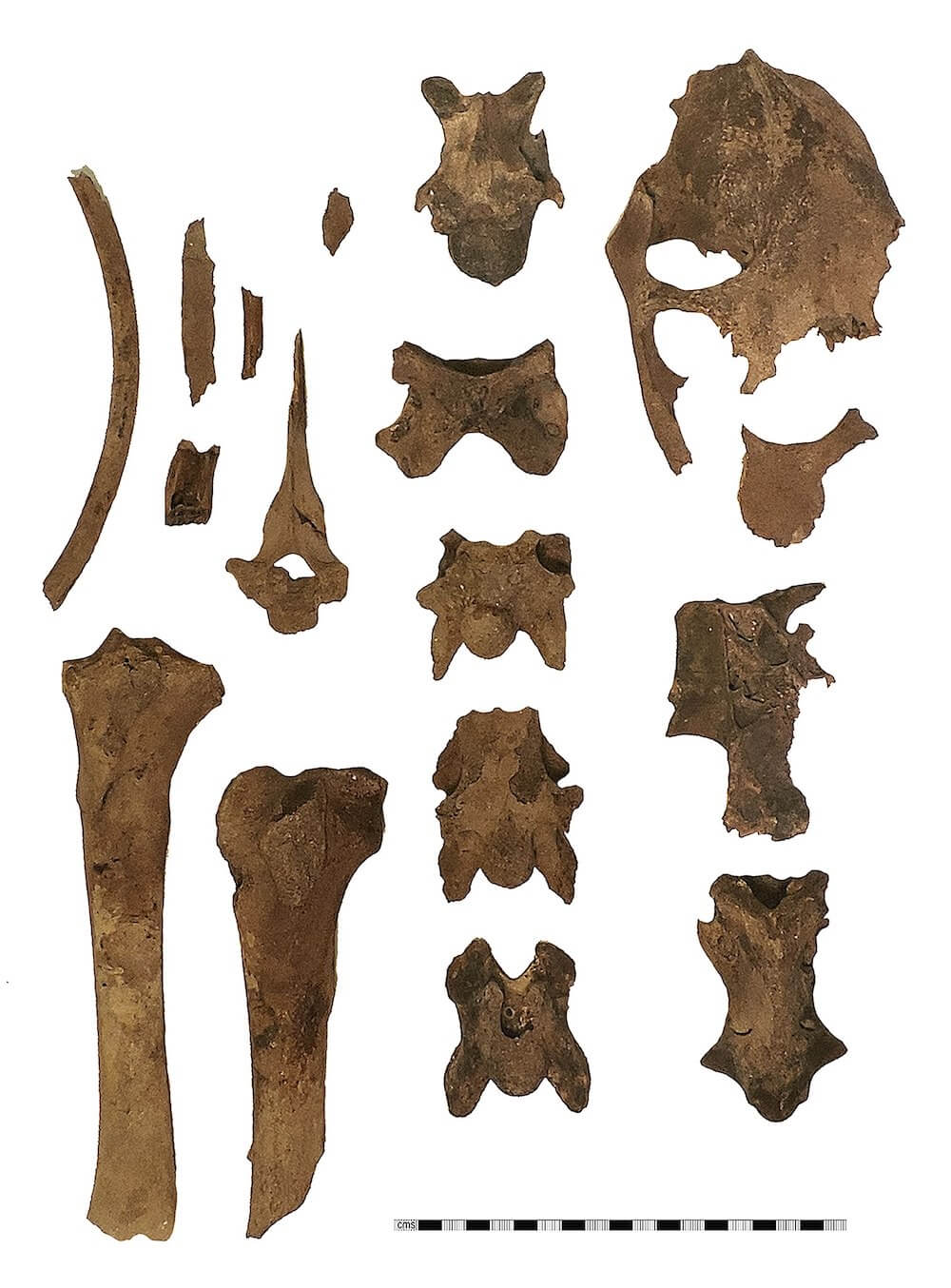History of cats and dogs: when and why did we start having pets?
Having a cat or a dog is seen as a usual part of our lives today. When and why did our ancient ancestors first have an idea to domesticate a wild animal?

How did people and animals change each other’s lives?
Let’s say it outright: we cannot possibly know exactly when and how a human adopted the first pet. But archaeologists study the ancient animal remains and collect all kinds of clues about their lives that allow for quite confident assumptions.
First of all, a pet is not quite the same as a domestic animal, but it’s impossible to draw a clear distinction between the two. People domesticated lots of species (like dogs, sheep, cows, and horses) for practical reasons: helpers, sources of meat, draft animals, etc. But only some of those animals could become pets, bonding with us emotionally.
Similarly, most pets are domesticated species—but someone could tame a wild animal to serve as a pet (albeit not necessarily a happy one).

An important note, however, is that domestication can be a one-way ticket for a species. Domesticated animals promptly begin to differ from their wild counterparts: they need other qualities to thrive.
In the wild, animals need to be good primarily at fighting and hiding. On the other hand, domesticated animals do best when they are calm, accustomed to humans, and cute. So, natural selection takes another route, favoring the tamest and perhaps the cuddliest.
Moreover, in a less stressful environment, domesticated animals develop new traits unsuitable for wild ones. For example, floppy ears—the only animals that have them in the wild are elephants. Over time, differences become so prominent that even the skeletons of domestic and wild animals start to differ.
Humans can also accentuate some of the differences on purpose, breeding only the animals with a specific trait. This process of artificial selection is called selective breeding.

An experiment with the domestication of silver foxes that started in 1959 and continues to this day has shown that these animals begin to resemble dogs within 8 to 10 generations: their ears become floppy, their tails become shorter and curl upwards, and they smell less musky.
Next up, we’ll discover: How can we be sure that an ancient animal was a pet? Who were humanity’s first pets? Did we love and treat them the same thousand years ago as we do now?
Who were the first pets?
Okay, we can find remains of an ancient animal and probably tell that it was domesticated. But how can we say for sure whether it had an emotional bond with a human—and thus, was a pet?
Archaeologists usually look for them in contextual evidence. The most obvious tell-tale sign of an animal used not only for utilitarian purposes is their burial.

